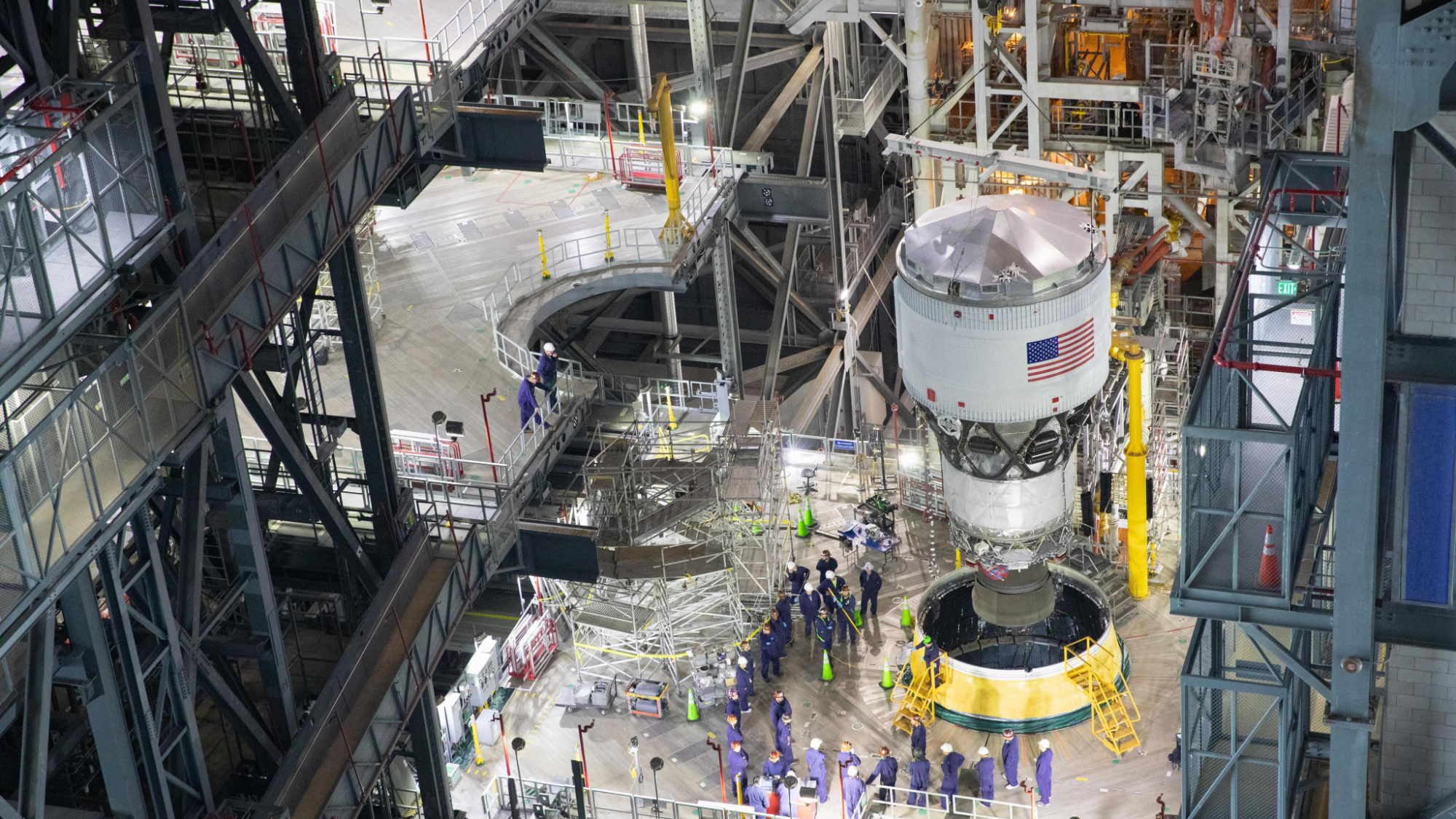AI Is Helping to Keep Fossil Fuels Alive
Artificial intelligence (AI) is one of the fastest-growing industries, requiring a lot of power to run. Server hosting, training and storing information, among other essential tasks, contribute to this demand. Every query has a cost, and recent political moves are making things harder on the planet. The Impact of the Trump Administration's Executive Orders At […] The post AI Is Helping to Keep Fossil Fuels Alive appeared first on Unite.AI.


Artificial intelligence (AI) is one of the fastest-growing industries, requiring a lot of power to run. Server hosting, training and storing information, among other essential tasks, contribute to this demand. Every query has a cost, and recent political moves are making things harder on the planet.
The Impact of the Trump Administration's Executive Orders
At the beginning of April 2025, President Donald Trump signed multiple executive orders to further empower the fossil fuel industry. Many of these actions directly contradict the climate efforts set in previous administrations.
The four orders reinstated several coal-based power plants meant for retirement. Meeting escalating power demands was the justification. The parties involved suggest that expanding renewable energy will be insufficient for the escalating AI landscape, as it is unreliable and sparse. Therefore, coal could become inextricably linked to AI.
The signings also had other environmental implications. They permitted government agencies to use more federal lands for mining without as many restrictions. The administration is also allowing companies to request an exemption from reporting measures like the Clean Air Act so they do not have to track toxic pollutants like benzene and mercury.
President Trump and his administration advertise that the orders are for the betterment of AI, but the carbon consequences could be severe.
How Fossil Fuels Are Breathing Life Into AI
These decisions are the beginning of a new form of advocacy for coal mining. It will start by powering AI’s development and continue into other products and sectors. The orders set a precedent implying a return to fossil fuels is the only way for tech to advance. They’ve been on a national decline for a while, but experts suggest it could be as much as 60% of new energy production.
AI also has a mixed reputation for its ability to help with the climate crisis. Theoretically, it could help every organization find where it uses the most energy or emits the most carbon. An algorithm could suggest innovations to design a greener model. However, the stakeholders in technologies and infrastructure, like AI and data centers, overlap with those invested in fossil fuels.
Companies like Microsoft advertise AI as a tool for reducing emissions while providing it to fossil fuel entities for their growth. In the future, businesses will need to set boundaries on employing AI products to prevent continued ecological destruction.
The intersecting interests are sneakily restoring power sources like natural gas and coal. Using AI as the argument’s backbone will make coal relevance evergreen — AI is not going away, so neither will fossil fuels. It will motivate companies to use AI to make fossil fuels bigger than ever by funding more power plants and eliminating sustainable compliance.
The Truth Behind Renewable Energy’s Abilities
Those in the Trump administration suggest that the reliability and prevalence of fossil fuels are the only way to support the expansion of disruptive technologies like AI. Opponents of renewable energy expansion suggest data centers must run without service interruptions, and the intermittent nature of clean energy is inadequate.
These claims are rising in density and have sparked analyses to dispel misinformation. Reports suggest renewable energy is enough to power these intensive structures despite ever-increasing demands. The only requirement is governance and collaboration to transform the energy sector. However, legislators are defaulting to short-term gains instead of climate-resilient, long-term solutions with clean power.
Renewable energy is critical to keep AI alive, but the relationship is symbiotic — AI is also necessary to bolster clean power. It will make it meet the highest environmental expectations while adhering to global climate objectives. The work could yield up to a 10% reduction in greenhouse gas emissions in the U.S., where AI demand is among the highest in the world.
How to Get Fossil Fuels Out of AI
Here is how renewables and AI could work together to keep natural gas, coal and other fossil fuels from diminishing their potential and reputation.
Use AI in Smart Grids
The grid is undergoing modernization because of antiquated technology and a refusal to give up fossil fuels, which make it vulnerable. AI can save copious resources by integrating with its controls. Algorithms can automatically balance supply and demand, distributing power to the places needing it the most without overloading systems.
It also allows carbon-emitting data centers to become part of demand response programs. These supplement operations with clean energy, even during peak hours.
Rely on Battery Storage
Battery energy storage systems (BESSs) will be essential to renewable adoption. It removes intermittency concerns, thereby encouraging investors. AI-infused BESS holds power and releases it optimally when there is not enough generation in the area. These prevent outages during extreme weather, lowering the carbon footprint of recovery and restoration operations. It also allows AI-based data centers to run without interruption.
Improve Energy Efficiency
The U.S. is producing more power than it has in history, but is also using more than it needs. Fossil fuels create a lot of it, which could fuel AI. The solution is to reduce the energy needs of AI and data centers instead of compensating for it with coal.
AI could suggest ways to optimize software and hardware to make its services energy-smart. Advancements like liquid cooling in data centers, waste heat recovery and green AI prove that reducing energy needs is possible. Servers, storage and cooling tech can all cut consumption and make renewables even more viable.
Choose Better Locations
AI data centers need to be near abundant, clean power. Stakeholders must build them in tandem or limit location options based on proximity to renewable energy. Breaking ground near an existing solar or wind farm is ideal because it lowers the upfront costs of establishing a sustainable data center. The choice makes it simpler to avoid fossil fuel reliance.
Boost Public and Private Advocacy
The reason AI could become synonymous with fossil fuels is because of policies. The fight seems futile, as scaling the technology for greater revenue and returns seems more important than environmental implications. However, the persistent opposition should only deepen the desire to fight for cleaner AI and renewable energy expansion.
Continued support from passionate public and private entities is the only way to prevent AI from exacerbating the climate crisis.
Fighting Fossil Fuels
Fossil fuels don’t have to be the answer to supporting technological advancement and digital transformation worldwide. Continuing to justify this support could deplete the planet of resources faster than it can manage. Therefore, investing in more gradual renewable energy adoption is the best way to support data centers and AI in the long term. Activists must spread awareness about green power and how it can enable intensive tech operations.
The post AI Is Helping to Keep Fossil Fuels Alive appeared first on Unite.AI.









































































